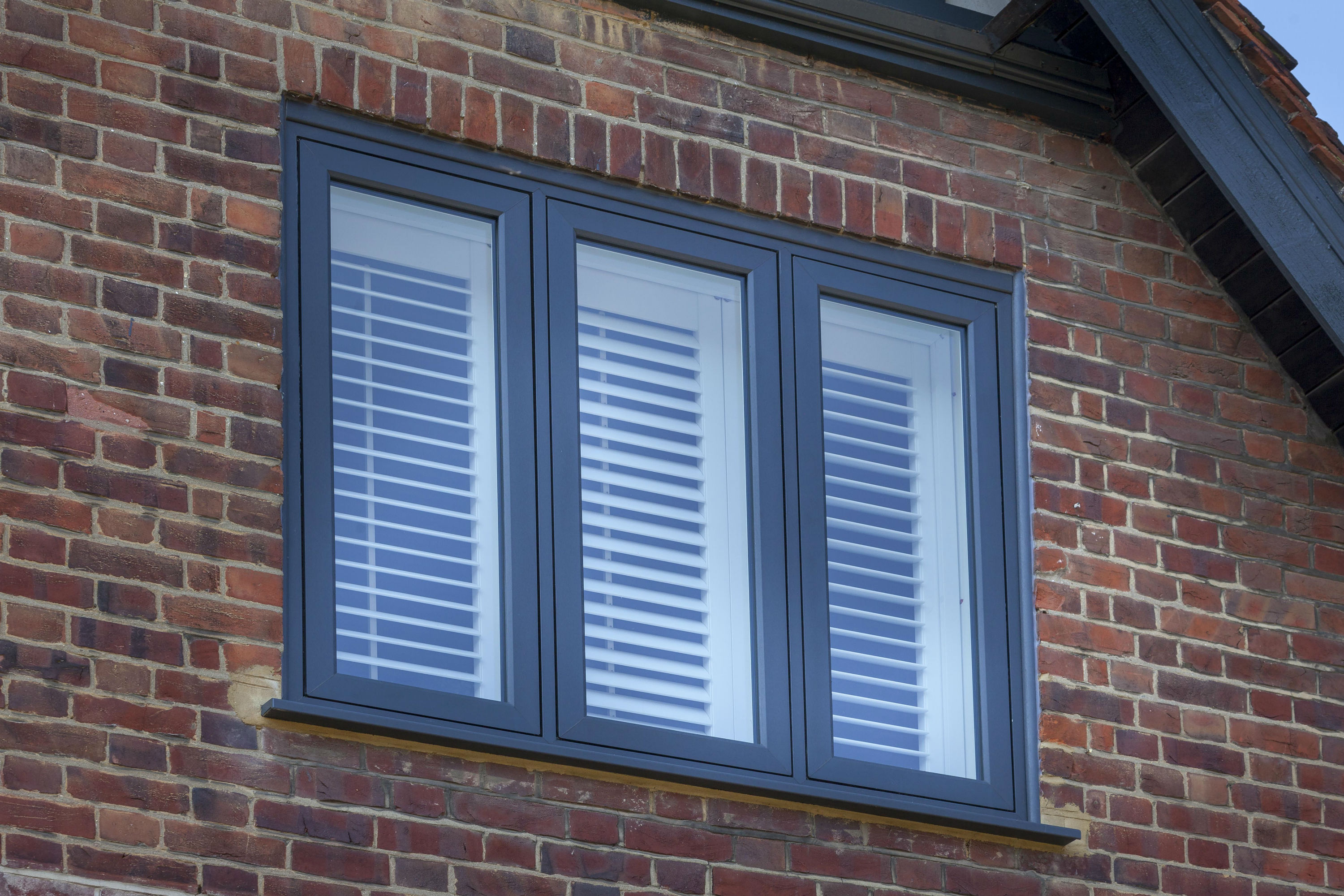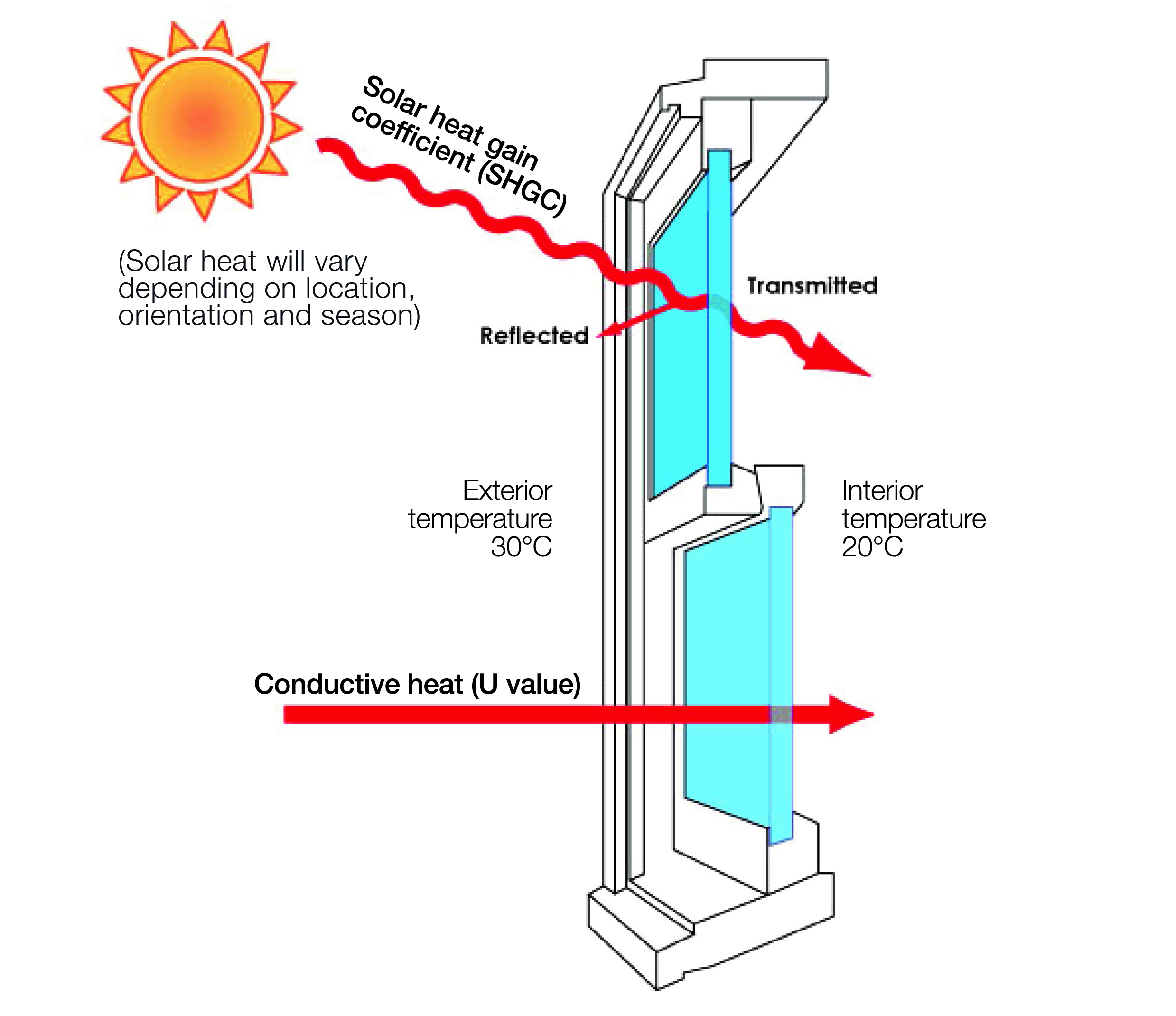All Categories
Featured
Table of Contents
The Surprising Benefits Of Double Glazing In The Summer ... in Woodvale WA
That window can transfer more solar heat in winter than in summertime. A west-facing window on a summertime's afternoon has an angle of incidence from near 0 as much as 30 with a big reliable location of solar radiation. A north-facing window, in summertime, has a high angle of incidence and a low efficient area of solar radiation, so can send less heat than a west-facing one.

But you can rapidly and quickly enhance the thermal performance of your house by changing your windows. This is one of the most efficient approaches of remodelling to attain improved thermal comfort. There are countless types of glass and frames to pick from. Picking the ideal ones is very important to improving the energy performance of your house.
Which Type Of Double Glazed Window Frame Is Right For You? in Maylands WA
There are several kinds of glass products to pick from. Single glazing utilizes a single pane of glass. Single glazing with clear glass is not very efficient when it concerns heat loss or gain. To enhance efficiency, you can utilize single glazing with a more energy-efficient kind of glass such as low emissivity (low-e) glass.
The energy performance of IGUs also depends on: the residential or commercial properties of each layer of glass. Various glass types (for example, clear and low-e glass) can be put together in an IGU.
Diy Double Glaze in Tuart Hill Western Australia

IGU cavities can be filled with air or a more inert, low-conductivity gas such as argon the width of the cavity. Cavity density is typically 6 to 18mm. Larger cavities provide lower (much better) U worths, with 12mm normally accepted as the favored space how well the cavity is sealed. Cavities must be dry and well sealed to prevent wetness getting in.
If argon is installed to the cavity in location of air, wetness is dependably excluded the level of desiccant (drying representative). The spacer (metal or polymer strip) that separates the glass layers contains a desiccant to absorb any wetness. Inadequate desiccant might cause wetness to condense on the glass surface area in cold conditions, minimizing thermal performance.
How Are Double Glazed Windows More Energy Efficient? in Salter Point Western Australia
IGUs can provide better energy performance for all climates, particularly in heated and air-conditioned houses. Cross-section information of single, double and triple-glazing systems Low emissivity glass (commonly understood as low-e glass) lowers heat transfer. Low-e glass may be either high or low transmission: High transmission low-e glass has a covering that allows daytime from the sun to pass into the house to achieve great solar heat gain, but lowers the amount of the long wavelength infrared heat that can leave back through the window.
Low-e glass has either a pyrolytic finish or a vacuum-deposited thin movie metal coating. Pyrolytic finishings are durable and can be used for any glazing; vacuum-deposited finishings are soft and are just used within IGUs. Low-e finishings can considerably improve both U worth and SHGC; nevertheless, they must be used properly or they will either deteriorate or fail to perform as required.
Best Way To Block Sun Heat From Windows [Professionally] in Lynwood Perth
Low-e finishings can be utilized in combination with clear, toned or reflective glass. Low-e finishes on glazing can minimize heat transfer where required Picture: Department of Industry, Science, Energy and Resources Toned glass has actually colouring additives included during manufacture. It is available in various colours, generally bronze, grey, blue and green.
Latest Posts
Double Glazed Windows in West Leederville Perth
Double Glazed Windows Melbourne in Medina Western Australia
Double Glazing Companies Near Me Reviewed 2023 in Huntingdale WA